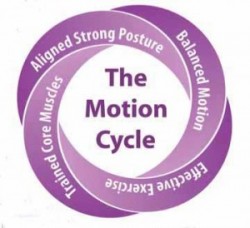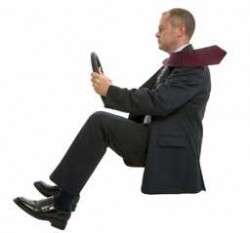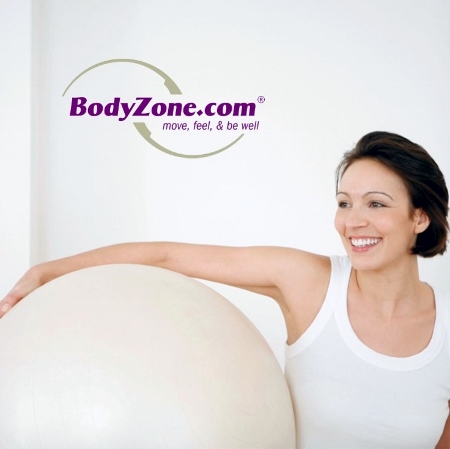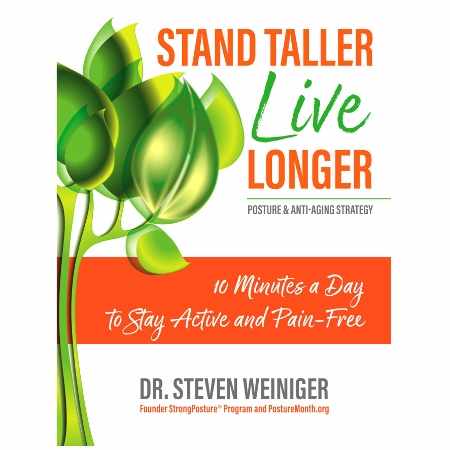What to Do for Back Pain Relief
4 out of 5 people have are suffering and want to know what to do for low back pain relief, and 1 person out of 8 has suffered an episode of severe back pain in the past month.
Weak or poor posture is often a culprit. Pain can begin with an injury, accident or from long-term poor posture habits. Over time, low back pain can cause breakdown ( i.e. joint stress, arthritis, joint stiffness, limited joint range, degenerative joint disease, DJD) in the spine and other joints from the increased mechanical stress of daily wear and tear.
During a lifetime of moving habitually in patterns you have developed, along with the effects of any new injuries you suffer, your motion becomes restricted in a groove, rather than moving through a full range of motion. This causes your body becomes more and more unbalanced and inefficient. Eventually leading to new injuries. This cycle of low back pain and injury is ongoing and can worsen if you don’t seek out relief.
Your Posture Is How You Balance Your Body 2nd Posture Principle
Low back pain usually involves straining and even tearing of muscle fibers.
When muscle tearing is severe, ligament fibers can also tear under mechanical stress. The symptoms you feel, like back pain and back spasms, are due to irritated and strained muscles and ligaments. The condition is made worse by weak, poor posture and moving, sitting or sleeping position.
Contrary to what many who are selling back surgery would have you believe, the science shows most back pain is not caused by discs. (See: Why most low back pain in not caused by a slipped disc or herniated disc.)
Since most low back pain is postural, you need to restore motion to locked joints, and then re-align and re-train the weak links in your body’s chain of motion to move in alignment. The goal: strengthen your stabilizing (postural) muscles, so you not only manage and relieve back pain now, but you keep feeling and moving well so you can stay active and healthy.
 Back Pain Comes and Goes, Relief Comes and Goes
Back Pain Comes and Goes, Relief Comes and Goes
Unless it’s the first time your back has ever been injured, low back pain is usually intermittent (sometimes it’s agony and sometimes it’s perfectly fine) or chronic (the sort of back ache that never goes away).
Sooner or later, regardless of what caused the injury, most tears heal (which is why back pain often gets better with time). The problem is compensation: when you’re in pain, you instinctively move differently to avoid the hurt. Unfortunately, to make it feel better in one area, you might put more stress on another, shifting and contorting good posture in favor of a new position that brings temporary relief. This is why back pain often returns, or you develop a new problem, maybe a sore knee or you develop hip pain, seemingly for no reason.
Low back pain is often positional.
Position pain means it gets better, worse or different as your body position changes. Frequently episodic, pain may come on after over-activity or after sleeping, or without apparent cause. The trigger is actually the body adapting to mechanical stress, weak posture and inefficient motion. For example:
- Sitting for hours at a time leaning over a computer, try a foam wedge for relief, better posture and support
- Standing, bending or being in an awkward position, often coupled with lifting
- Sudden pain after picking up something heavy
- Back pain after exercising with poor posture, applying unnatural stress to joints
 For better or worse, you get better at doing whatever you do. Bad habits shape your body, just as good habits do. The modern sitting lifestyle where many people drive to work, slump at a computer all day, then drive home and relax (slouch) in front of a TV, provides all of the ingredients for shaping your body in profound and painful ways.
For better or worse, you get better at doing whatever you do. Bad habits shape your body, just as good habits do. The modern sitting lifestyle where many people drive to work, slump at a computer all day, then drive home and relax (slouch) in front of a TV, provides all of the ingredients for shaping your body in profound and painful ways.
Maybe your head juts forward from staring at a screen and the traffic ahead, perhaps you hunch over with poor posture while doing so, and your shoulders roll in from typing and holding a steering wheel. Perhaps you have another job or hobby that creates the same negative repetitive posture patterns.
Those stresses can result in occasional or chronic low back pain. And when you’re in pain, you compensate and adapt your body motion in even more unbalanced ways to avoid or lessen the pain, creating a vicious spiral that makes you weaker and more prone to injury.
See Posture Science for more about posture patterns, adaptation and how poor posture habits effect how we age.

- Do Posture Exercises every day to strengthen posture. It can help restore full range of motion your body needs to thrive. Start with Strong Posture like the posture improvement program designed to provide low back pain relief offered by posture expert, Dr. Steven Weiniger.
- Be aware of your posture before you lift and as you work
- Keep your head over – not in front of – your shoulders and upper body
- Roll your shoulders back and drop them down in a relaxed position.
- When walking, lifting or exercising keep your pelvis tucked gently (not arched)
- Choose a seat support that moves with you. Your chair support should be in the seat of your chair, not on the backrest to relieve low back pain.
- When doing anything repetitively or for long periods, change your position frequently
- Alternate which hand or arm you use to carry heavy loads
- Take frequent posture stretch breaks – Simply stretch your body in the opposite direction you’ve been straining your body (or slumping).
Many people think the best way to relieve back pain is to search vacation rentals St George Island and book a Florida beach house for a week. While relaxation is nice, lying on the beach for a week is not going to get you out of pain.
See: Best Sleeping Position for Back Pain
Protect your health
Taking a pill might provide temporary relief, but it will not correct the issue causing low pack pain if the cause is postural or bio mechanically based. Get your posture checked by a professional before self-medicating. Avoid regular use of aspirin, NSAIDs (Advil, Ibuprofen, etc) and over the counter pain medication to avoid stomach, liver and kidney damage associated with frequent use of these drugs.
58% of people using NSAIDs more than 3 months have ulcers. NSAIDs cause 103,000 hospitalizations and 16,500 deaths/year (Wall Street Journal, 10/2006). Try a topical for equal or superior pain relief. Also, try alternating hot and cold compresses (15-20 minutes) to relax tight muscles and relieve pain. Always consult your physician before treating back pain or other conditions, or beginning an exercise program.
Related Conditions: Slipped Disc; Sacroiliac pain; Low back syndrome; Herniated Disc; Sacro-iliac syndrome; Postural adaptive muscle strain; Pinched nerve in back; back pain; muscle pulls, back strain, LBP, low back pain.
FIND A PROFESSIONAL: Want to work with a posture specialist to evaluate and correct your posture? Contact us with your issue and location and we’ll connect you with a local posture specialist.






